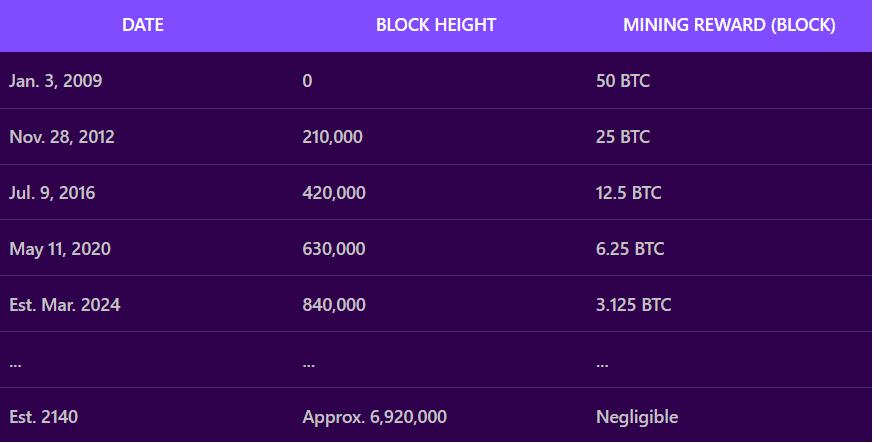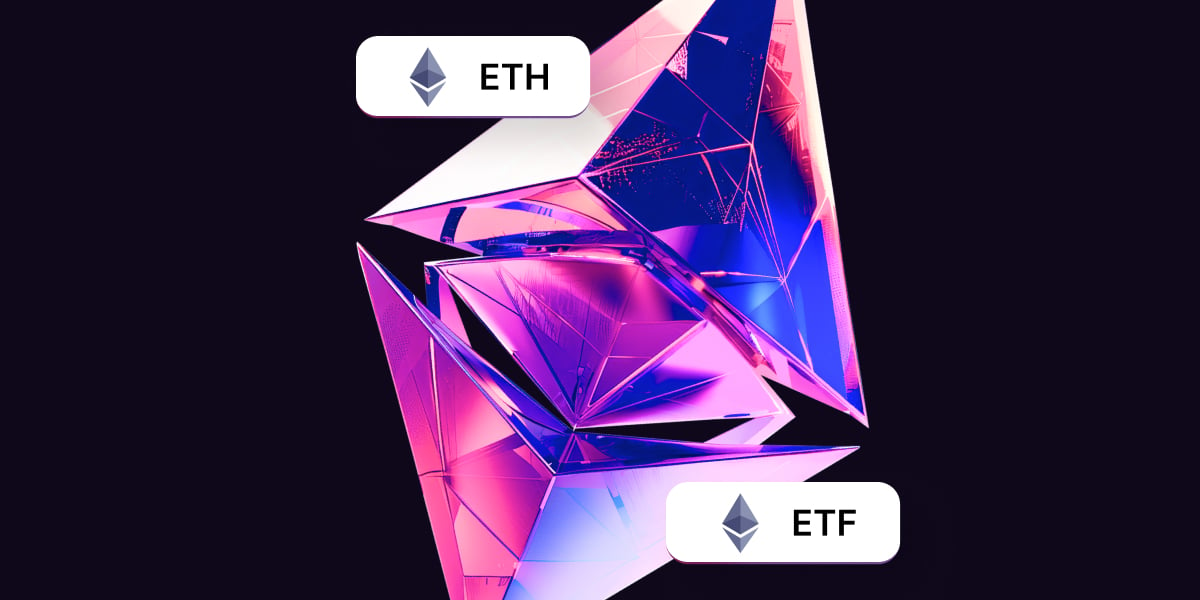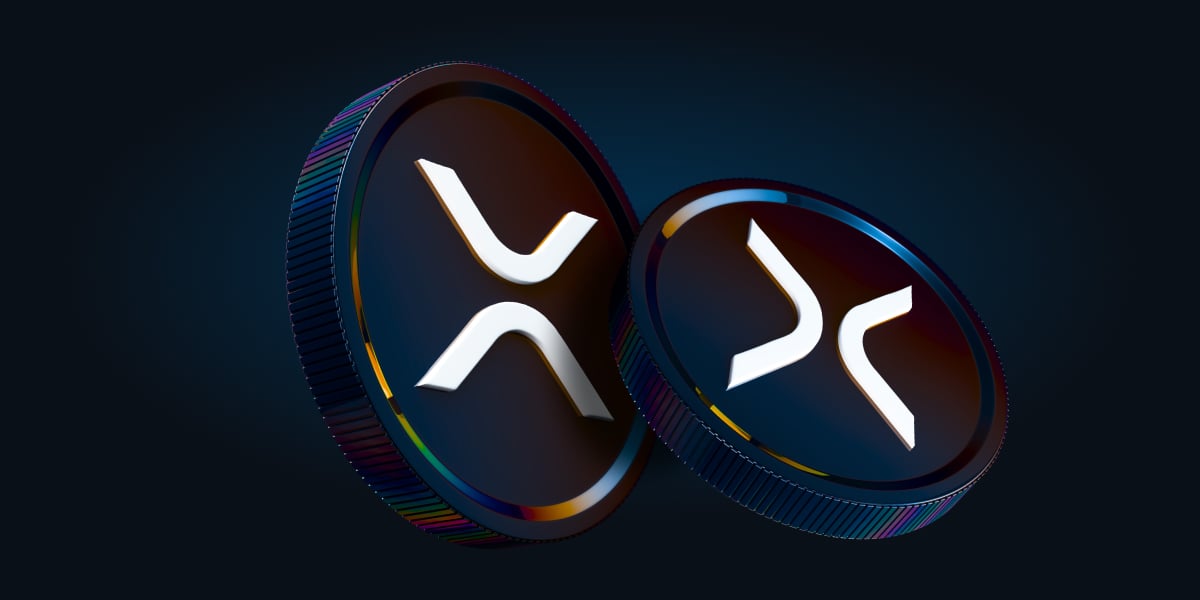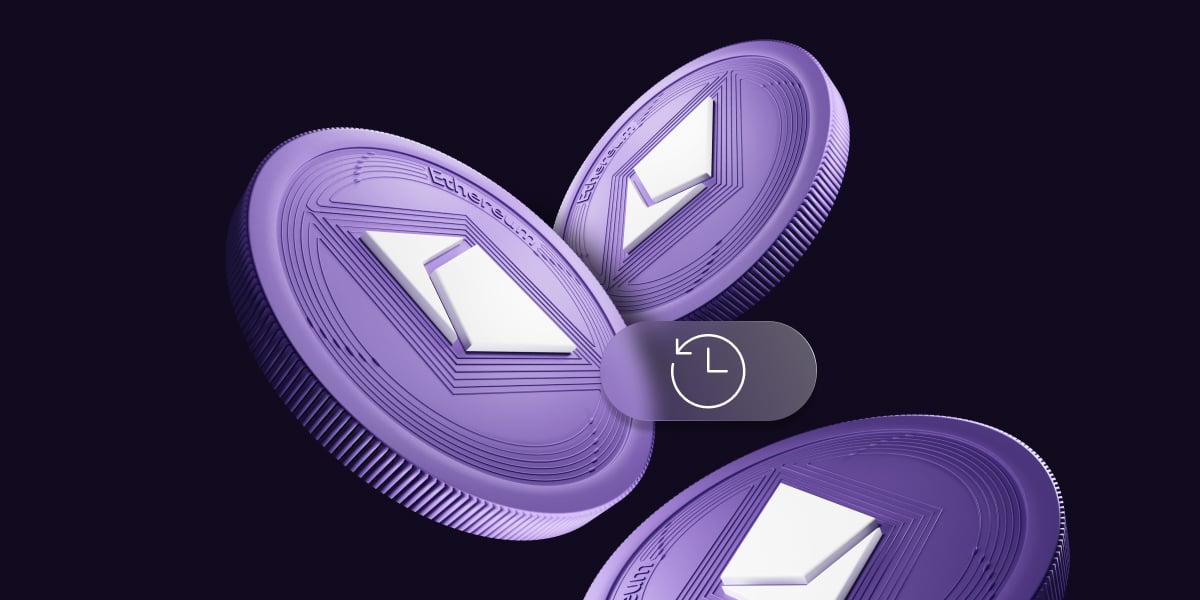Bitcoin halving occurs around every four years and is estimated to happen in April 2024. Here, we look at the key dates in the Bitcoin halving schedule.
- BTC halving cuts miner rewards in half, often boosting Bitcoin’s price.
- Halvings happen every four years, slowing down how fast new Bitcoins are made.
- Each halving has stirred the market, affecting Bitcoin’s value.
- The next BTC halving is expected in April 2024
What is BTC Halving?
BTC halving is when the reward for mining new blocks decreases by half. This means miners receive half the quantity of BTC when the next block is added to the blockchain.
The halving protocol is designed to happen once every 210,000 blocks, which equates to around once every four years. This will continue until a maximum supply of 21 million Bitcoins has been generated.
When is the next BTC halving date?
In January the next Bitcoin halving was estimated to happen on April 24, 2024, when the blockchain reaches 840,000 blocks. At the time of writing, 827,105 blocks had been reached, leaving 12,895 to go.
March 2024 Update: At the start of the year, when Bitcoin’s price was around $42,000, the halving event was projected to take place on April 20. The latest data shows that the blockchain is at 834,693, 5307 bocks below the 840,000 level.
Estimations now point to the halving taking place on 18 April, two days earlier than initially expected.
| Halving Event | Date | Block Reward Before Halving (BTC) | Block Reward After Halving (BTC) | Blocks Mined In Cycle | Notable Events |
| 1st Halving | November 28, 2012 | 50.00 | 25.00 | 210,000 | Start of Bitcoin; Mt. Gox exchange collapse; BTC/USD above $1000 first time |
| 2nd Halving | July 9, 2016 | 25.00 | 12.50 | 420,000 | 2.625 million BTC mined; Price peak ~$20,000; Emergence of Ethereum & ICOs |
| 3rd Halving | May 11, 2020 | 12.50 | 6.25 | 630,000 | Market cap surpasses $1 trillion; BTC/USD all-time high of $67,450 |
| 4th Halving (estimated) | April 18, 2024 (estimation updated) | 6.25 | 3.125 | 840,000 | N/A (Future event) |
Bitcoin halving this year will cut the miner’s reward by 50% from 6.25 Bitcoins per block mined to 3.125 Bitcoins per block. This process effectively reduces the number of Bitcoins entering circulation, which has historically helped lift the BTC price. Therefore, the halving event is typically seen as a positive for the BTC price prediction.

BTC Halving History
The April 2024 halving will be the fourth BTC halving event since the cryptocurrency’s creation in 2009. The first halving event occurred in November 2012; a halving event followed this in July 2016, and the most recent halving event was in May 2020.
Before the first halving, from the launch of Bitcoin on January 3rd, 2009, to November 28, 2012, the Bitcoin protocol provided 50 BTC rewards to miners per block mined.
The first halving was on November 28, 2012, and the Bitcoin reward per mined block was reduced to 25. Between November 2012 and July 2016, 5.25 million Bitcoins were mined. Bitcoin started to receive more mainstream attention after the collapse of the Mt Gox exchange. BTC/USD rose above $1000 for the first time.
The second halving was on July 9, 2016, and this event saw the Bitcoin reward per mined block drop to 12.5. In this halving cycle between 2016 and May 2020, 2.625 million Bitcoins were mined, and the price peaked at almost $20,000 even as competition started to ramp up in the crypto space with the creation of Ethereum and ICOs.
The most recent halving, the third Bitcoin halving, happened on May 11, 2020, and reduced the BTC per mined block reward to single digits, at 6.25. In this cycle, which will end at the next halving event, Bitcoin’s market cap surpassed $1 trillion, and BTC/USD reached an all-time high of $67,450.

Looking ahead
Continuing with the same protocol, the fifth Bitcoin halving is set to happen in 2028 and again in 2032, and so on, until all 21 million BTC are mined, which is forecast to be in 2140. This is when the last Bitcoin will be mined, and miners will start to receive rewards from the transactions happening on the network.
Risk warning: Our products are complex financial instruments which come with a high risk of losing money rapidly due to leverage. These products are not suitable for all investors. You should consider whether you understand how leveraged products work and whether you can afford to take the inherently high risk of losing your money. If you do not understand the risks involved, or if you have any questions regarding our products, you should seek independent financial and/or legal advice if necessary. Past performance of a financial product does not prejudge in any way their future performance.




